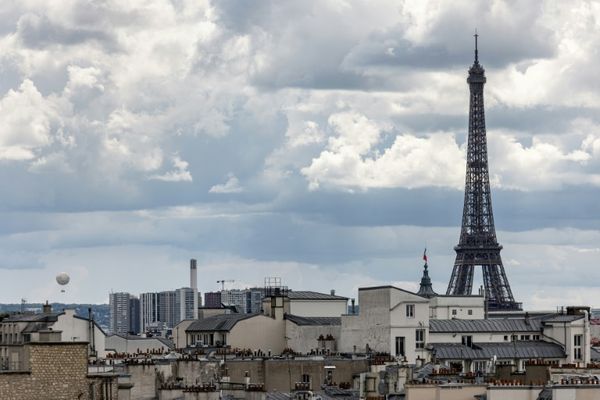
The latest inflation figures released on Wednesday were unambiguously good news. The 6.0% annual inflation is comfortably below the Reserve Bank’s estimate of 6.3%. Hopefully it will see the Reserve Bank hold off on raising rates further and instead shift its focus to preventing unemployment from rising.
There is now no longer any doubt inflation peaked last year. This was actually pretty clear at the time, but the drop over the past six months from an annual inflation of 7.8% to 6.0% is the fastest half-year fall since 2009 (excluding the pandemic lockdown period).
If the graph does not display click here
This happened despite unemployment shifting from 3.5% in December to … err … 3.5% in June.
The theory being pushed by the Reserve Bank and more than a few economists is that we need the unemployment rate to rise to 4.5% in order to stop inflation from “accelerating” (ie going up). But unemployment has not risen at all – yet inflation has massively decelerated.
So what is going on?
First, what is happening here is just replicating what is happening almost everywhere. Inflation peaked around the world in the last few months of 2022 and since then it has been falling. Australia is no different:
If the graph does not display click here
World commodity prices have been a key driver of inflation. Usually, the prices of things bought and sold on the world market (known as “tradables”) rise slower than do the prices of things that are only sold here (such as our electricity, rents or education costs).
But during 2022 the prices of tradables rose sharply. Now we have returned to a more normal scenario:
If the graph does not display click here
The reason the prices of these tradable items soared in 2022 was, of course, the Russian invasion of Ukraine. That sent the price of oil, gas, wheat and many other goods sky high – and with it the profits of companies selling these goods.
While prices remain above what they were before the pandemic and the invasion, the impact has clearly dissipated:
If the graph does not display click here
It is worth noting that none of this has anything to do with the Reserve Bank raising interest rates.
It just reflects what we (including the Reserve Bank) have long known – supply-side issues were driving inflation, and companies were taking advantage of this to fatten their margins.
Now inflation is beginning to return to normal levels. Even better, the growth is more uniform. We’re not seeing the prices of discretionary items rise too differently from those items you can’t afford to avoid paying:
If the graph does not display click here
In the June quarter inflation grew 0.83%. That annualises out to growth of just 3.3% – only slightly above the RBA’s target range.
We can see as well that the peak of both goods and services occurred last year:
If the graph does not display click here
The Reserve Bank will no doubt still make noises about needing to raise rates because the price of services is still growing at 6.7%. The RBA cares about this because historically service prices are closely linked with wages (because it takes a lot of workers to provide services).
But over the past year this relationship has weakened:
If the graph does not display click here
The reason why is obvious when we examine what drove inflation in the June quarter. Yes, service prices played a big role, but not the type of services associated with lots of employment:
If the graph does not display click here
Rents were the biggest driver, followed by the combination of “other financial services” and insurance. Add in the jump in the cost of international holidays and you have a group of services that don’t involve a lot of workers.
The rent rises show, however, that even as inflation slows, the pain is not over:
If the graph does not display click here
The past year saw the fastest increase in rental prices since 2009.
But the impact is not uniform across the county. Rental prices in Sydney, Brisbane and Adelaide drove much more of inflation in those cities than elsewhere:
If the graph does not display click here
Adelaide saw the combination of housing costs for renters and those building new homes jump more than any other city. Canberra meanwhile had weak rental price growth, even though the cost of new homes rose strongly. But the ACT has a rental price cap that limits rental prices to inflation + 10% (so if CPI rises by 6%, rents can go up by 6.6%).
The overall inflation numbers really are excellent. The sharp fall should stop the RBA from raising rates further, given the impact of the two rates rises in May and June are only partially reflected in these figures.
Despite the RBA’s best efforts, the unemployment rate has not yet risen. That inflation has been able to fall dramatically despite unemployment remaining stable should remind the RBA and the government that we have a once-in-a-50-year opportunity to lock in low unemployment.
Inflation is no longer the great battle it was a year ago, but the fight for full employment remains.
• Greg Jericho is a Guardian columnist and policy director at the Centre for Future Work







